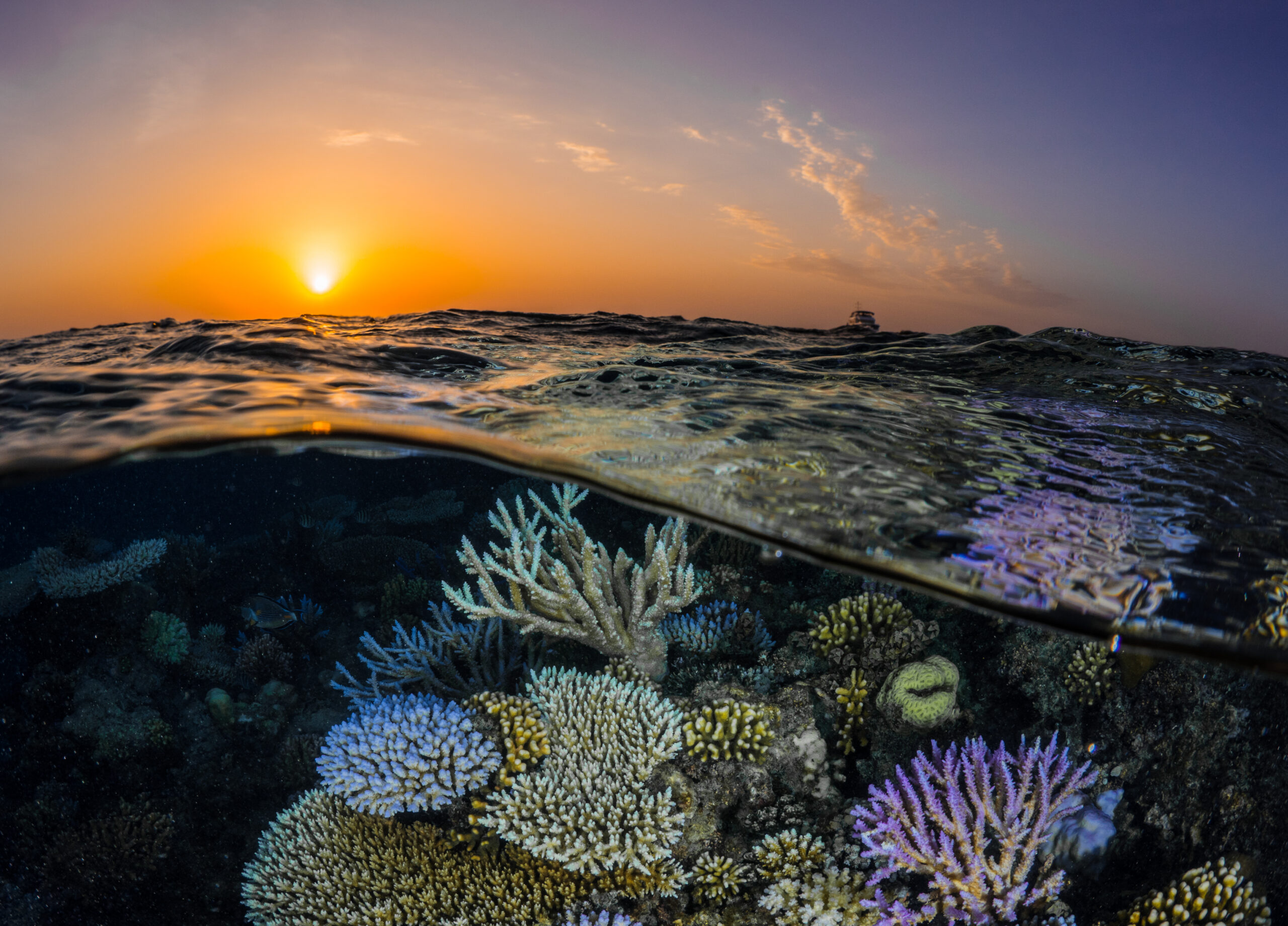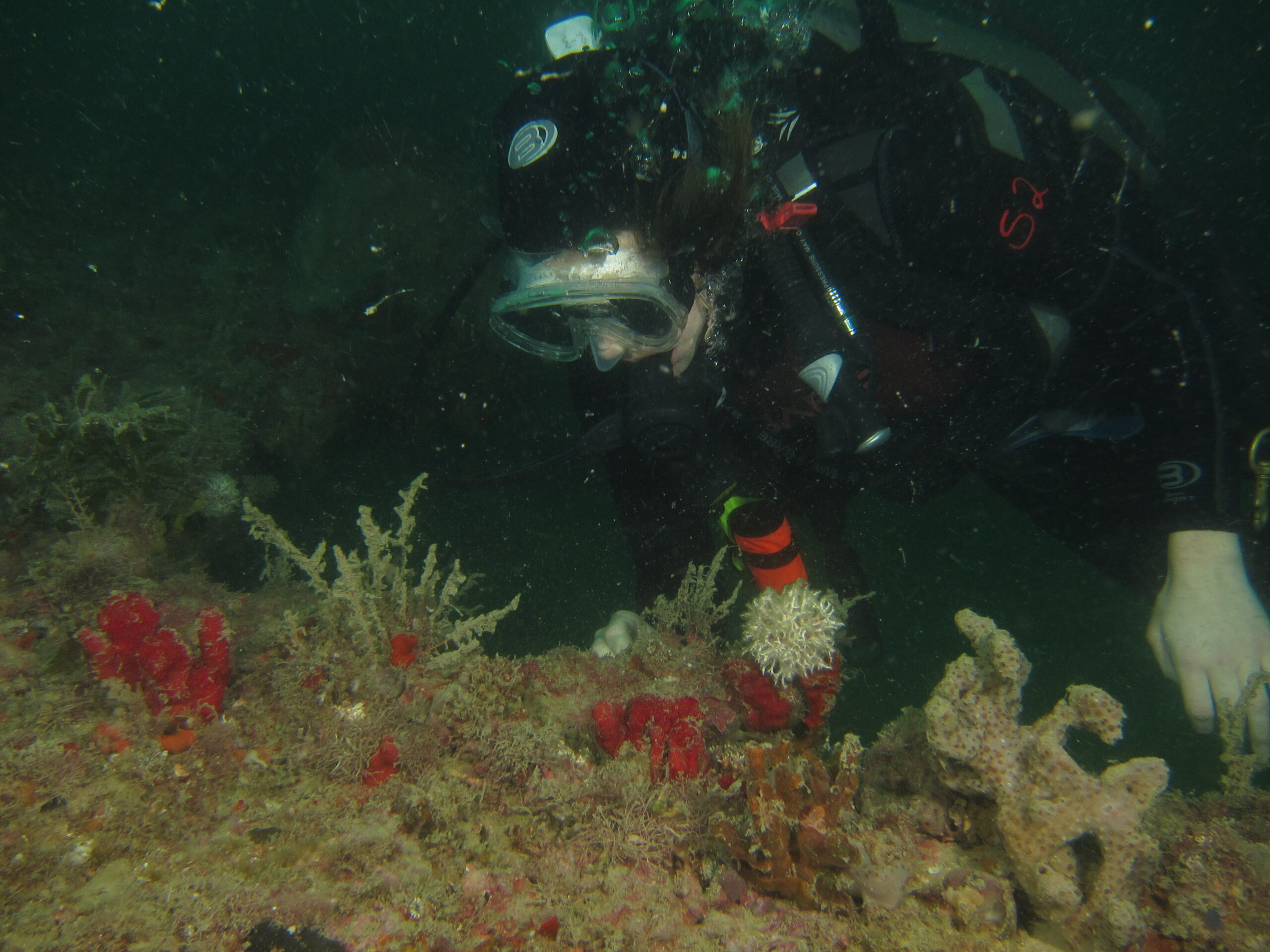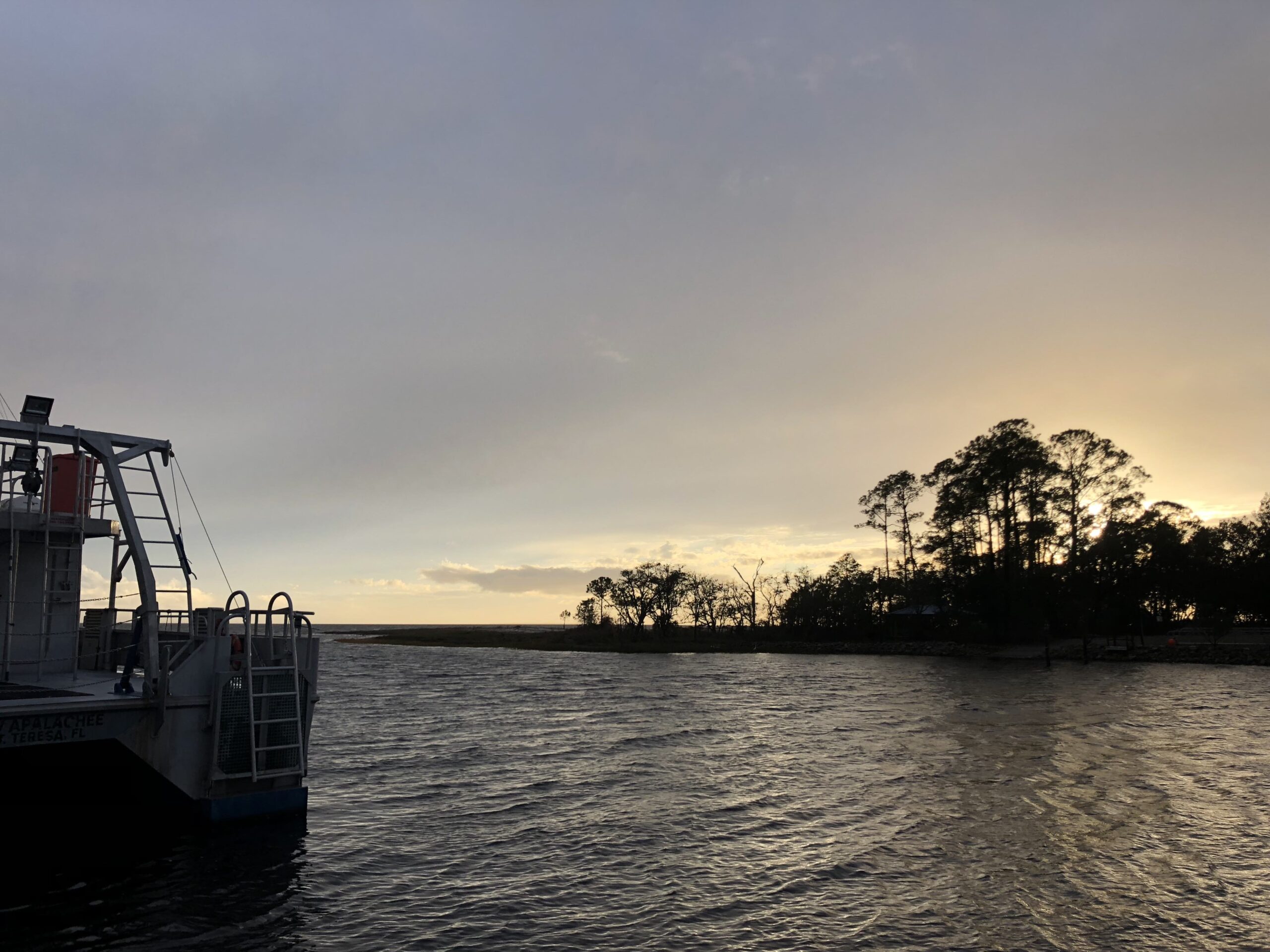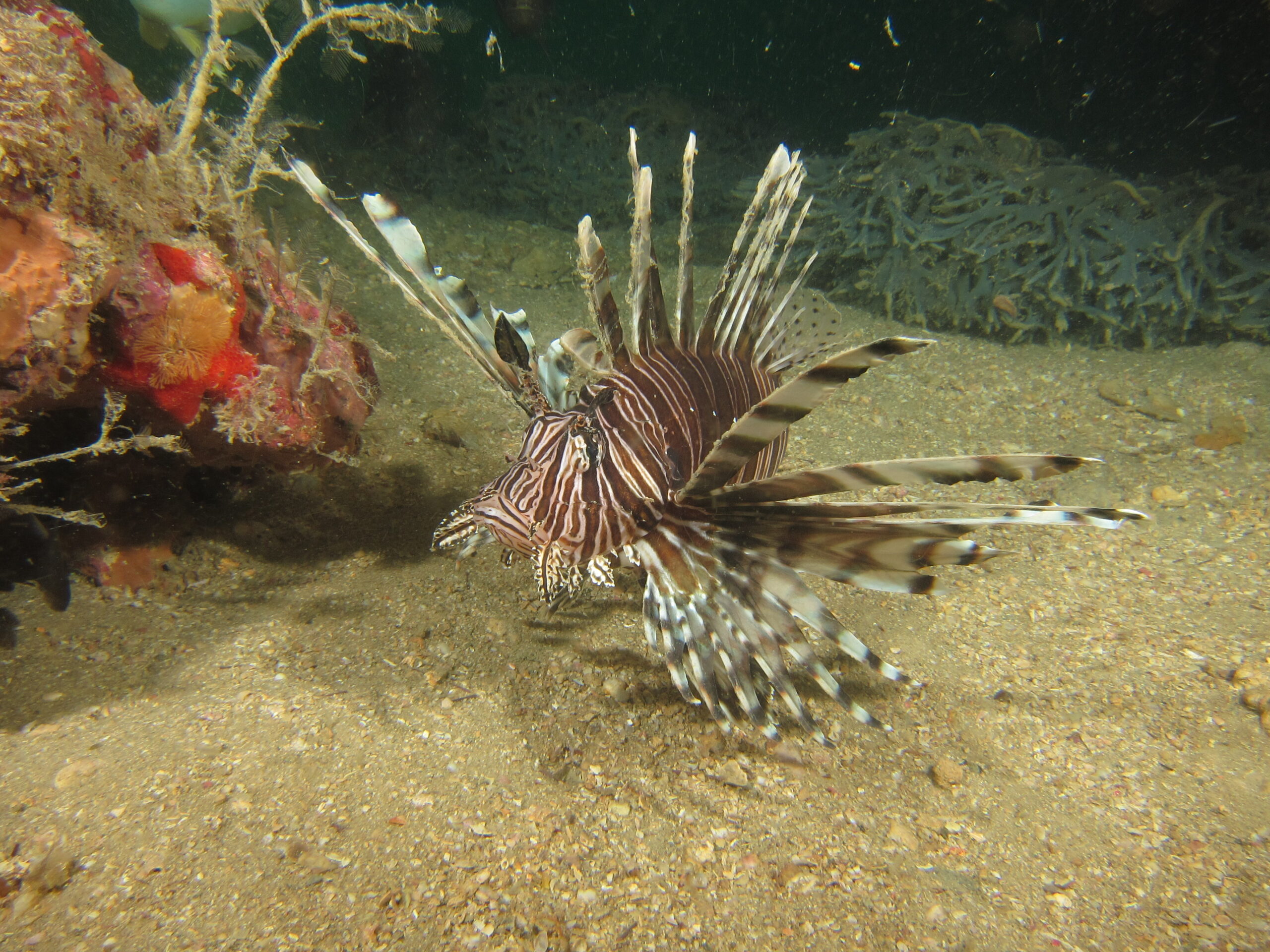How Will COVID-19 Affect Marine Science?
How the pandemic is affecting data collection for conservation efforts

This blog was written by Sophie McCoy, a marine scientist who studies ecological responses to pollution and climate. Sophie is a Lang Early Career Fellow of the Phycological Society of America and a Steering Committee Member of NOAA’s Gulf of Mexico Coastal Ocean Acidification Network (GCAN).
We know COVID-19 is affecting every aspect of our lives, and it hasn’t left the field of marine science, conservation and research untouched either. An interruption to normal data collection is just one way that this pandemic will affect the work of marine scientists such as myself. But how? Let’s start by breaking down one of the pieces of data that we know will be most affected by the pandemic: long-term datasets.
What exactly is a long-term dataset?
Whether we’re aware of it or not, humans like to process information with the context of what’s called long-term data. Events like heat waves, cold snaps or storms are only categorized as “events” because they differ from the norm. Long-term datasets are basic recordings of data, usually mundane, that give us a baseline to understand what “normal” means.
We use long-term datasets a lot in environmental research. Some of the oldest and well-known examples include the Keeling Curve, which is a daily record of carbon dioxide measured at the Scripps Institution of Oceanography station at Mauna Loa Observatory. Since 1958, this has shown the rate of carbon dioxide accumulation in the atmosphere. You may have also heard of the Audubon Christmas Bird Count, which has occurred on the same day each year since 1900.

In the ocean, long-term datasets are everywhere. One of the oldest running oceanographic and marine biodiversity datasets comes from the Western Channel Observatory in the English Channel, run by Plymouth Marine Laboratory and the Marine Biological Association of the UK since 1903. Here in the United States, the National Oceanographic and Atmospheric Administration (NOAA) runs the National Data Buoy Center, which now links globally to share oceanographic data worldwide. Data buoys are fitted with automated oceanographic instruments that take measurements at prescribed intervals—little ocean science robots!
We also get a lot of data from oceanographic cruises, the official term for ship-based scientific data expeditions. Some cruises target new areas for exploration, while others repeatedly sail the same route year after year. These repeated cruises, like the Hawaii Ocean Time Series and the Atlantic Meridional Transect, generate long-term data within a set place and time. Unlike on land, it’s philosophically difficult to return to the same place for repeated sampling in the ocean’s water column, which is always moving. So, taking measurements on a ship allows scientists to track a water parcel as it moves along, or to explore the water column around it in three dimensions to better understand connectivity across space.
Closer to home, NOAA runs an annual cruise (GOMECC—Gulf of Mexico Ecosystems and Carbon Cruise) to study the annual dead zone in the Gulf of Mexico. This dead zone forms as a result of outflow from the Mississippi River and causes areas of low or no oxygen in the water, called hypoxia. Hypoxia can kill fish and other marine life, leading to the common term “dead zone.” Annual monitoring and measurement help to understand this process and how to predict the size of future dead zones, which is important for the management of the entire Gulf of Mexico system, including fisheries, beaches and commercial activities.
This year, with many field research activities on pause due to the pandemic, we are even more reliant on automated sampling. However, a lot of the ecological data that we care about won’t be collected this year. Why?
To begin with, collecting ecological data is difficult, and it usually has to be collected in person. Ecologists also like to collect what we call “life history” data, which includes biological events that happen seasonally, such as population sizes, mortality and birth rates. So, many long-term ecological datasets focus on collecting life history data that occurs seasonally at specific times. That means that life history data is more likely to be severely affected by missed data collection this year.
Knowing both the timing and the intensity of these seasonal events matters in the long run. For example, say you are a scientist, and you are tracking a population of an endangered coral. To understand the future of this population, you want to know how many new individuals were recruited to that reef this year and how many survived over time, typically after one year. The difference between those two numbers, or the mortality rate for young corals, is important because it provides information about how quickly the population could grow or recover. But if you missed the initial recruitment period, you will never know how many young corals were there to start with … only how many survived by the time you were able to check on them.

Fisheries management relies heavily on these types of population models. This is especially important to us in Florida, where we rely economically on commercial and recreational fishing and on ocean-based tourism. Monitoring of shark, turtle and recreational fish populations has slowed or stalled, though hopefully balanced by less human activity and reduced conservation threats. We are also missing out on monitoring invasive species, like lionfish, whose presence in new areas could affect the management of other animals.
So, what can we do?
While nobody can make up for data that has already been lost—after all, seasonal phenomena continue whether humans are there to witness it or not—we can make sure to make the most of it when it’s safe for us to do so. Check out local opportunities to volunteer with local groups, like bird counts led by the Audubon Society, turtle nesting counts locally in your area or local dive shops participating in the REEF Volunteer Fish Survey Project. Or think about writing to your representatives about science funding or student internships when we are past this crisis. A little extra manpower can go a long way towards getting things back on track for the future.